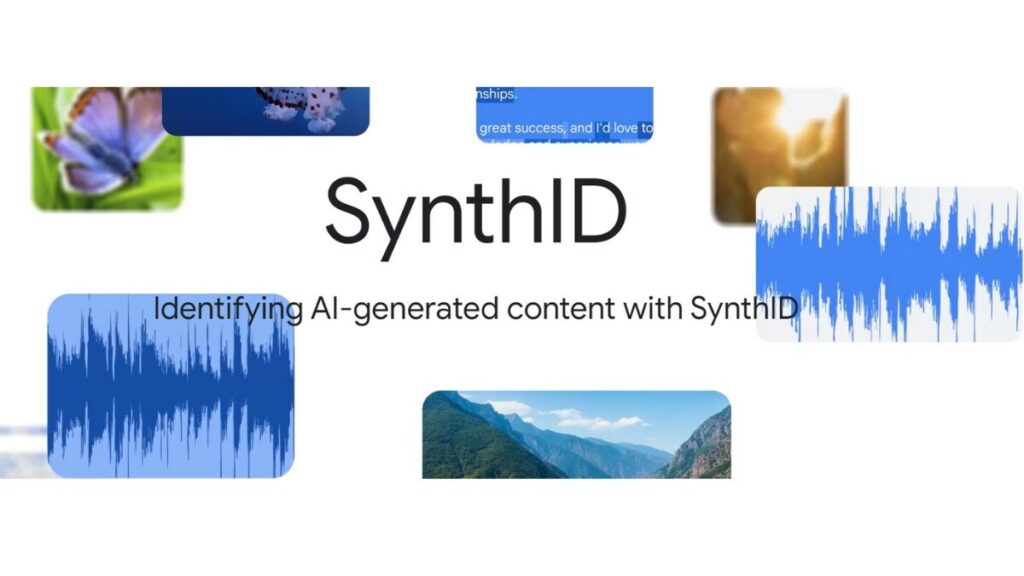Google DeepMind Unveils AI Text Watermarking Technology to Combat Misinformation
In a significant development aimed at tackling the rising tide of AI-generated content, Google DeepMind has open-sourced a pioneering technology to watermark artificial intelligence-generated text. Dubbed SynthID, this innovative tool uses machine learning to predict and replace specific words in a sentence, creating a digital fingerprint that can be detected to determine the content’s authenticity.
The move comes as AI-generated text increasingly floods the internet, with a recent study by Amazon Web Services AI lab suggesting that up to 57.1 percent of all sentences online, translated into two or more languages, may be generated using AI tools. While some may view this as harmless spamming, the reality is more complex, and the potential consequences more sinister. In the wrong hands, AI tools can be used to mass-produce misinformation, misleading content, and propaganda, which can impact real-life events like elections and damage public figures’ reputations.
Traditionally, detecting AI-generated text has proven to be the most challenging task due to the lack of effective watermarking methods. However, SynthID’s novel approach involves analyzing the content generation styles of various AI models to predict the words that could appear after a specific word in a sentence. By replacing these words with synonyms from its database, the tool embeds digital watermarks throughout the content piece, making it detectable.
For instance, consider the sentence “John was feeling extremely tired after working the entire day.” SynthID can predict the words that could appear after “extremely” and replace them with another synonym, creating a unique fingerprint. This technology is currently available to businesses and developers through the updated Responsible Generative AI Toolkit and can also be downloaded from Google’s Hugging Face listing.
While SynthID’s text watermarking capability is currently the only publicly available feature, the tool has the potential to watermark images, videos, and audio files as well. Notably, for images and videos, SynthID adds a watermark directly into the pixels of the frames, making it invisible yet detectable. For audio, the audio waves are converted into a spectrograph, and the watermark is added to that visual data. These capabilities, however, are currently exclusive to Google.
By open-sourcing SynthID, Google DeepMind aims to encourage wider adoption of the tool, enabling the detection of AI-generated content and mitigating the spread of misinformation. As the digital landscape continues to evolve, innovations like SynthID will play a crucial role in maintaining the integrity of online discourse.





